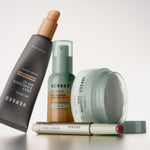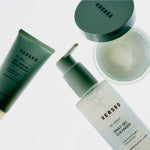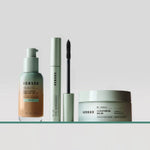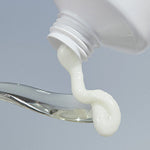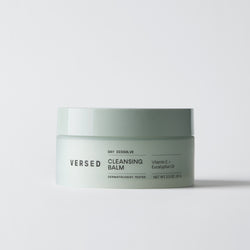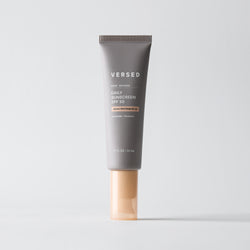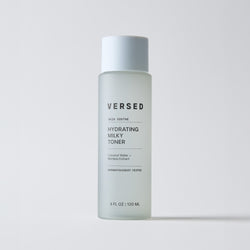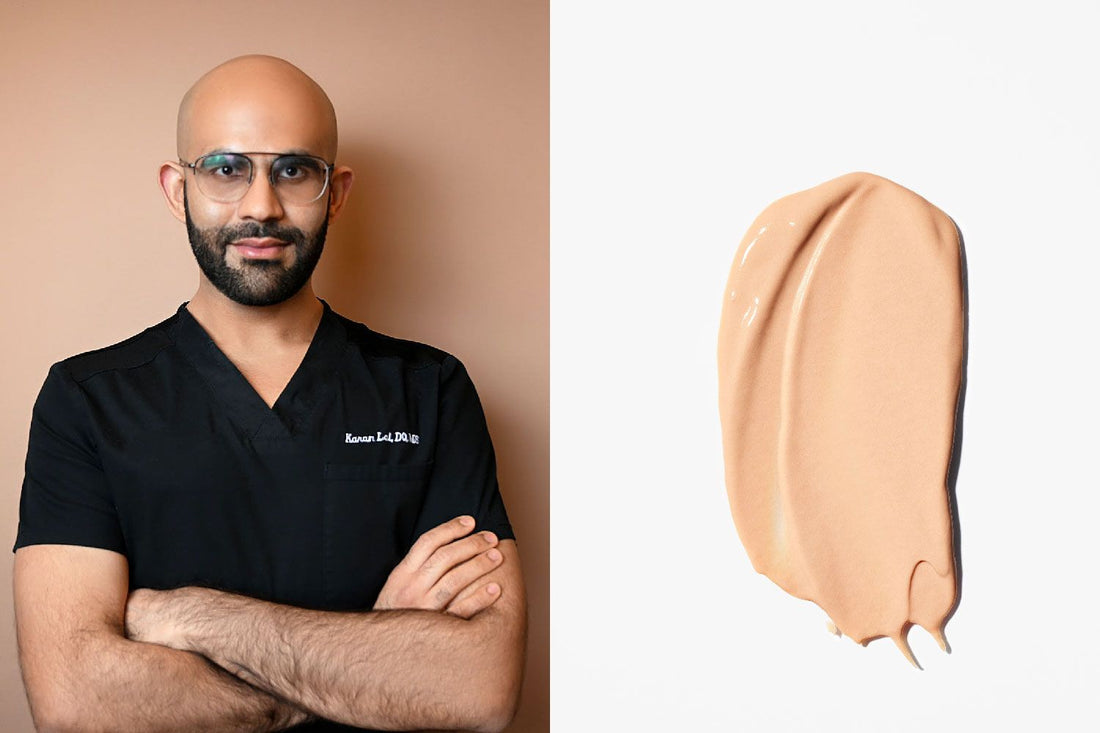Welcome to our series Derm Knows Best, where a dermatologist takes over the Good Skin Blog to share their expertise on need-to-know skincare topics. This time we’re hearing from board-certified dermatologist Dr. Karan Lal, DO, MS, FAAD. Read on as he explains the difference between chemical and mineral sunscreen and how to choose the best SPF for your skin.
THE IMPORTANCE OF WEARING SUNSCREEN DAILY
Let’s start with the basics. Every day—rain or shine, snow or clouds—the skin is exposed to ultraviolet light (a.k.a. UV rays). Not only are UV rays a known carcinogen, but they can also cause skin damage like premature wrinkles, hyperpigmentation, and more.
Many factors influence how many rays reach the skin at any given time (for example: do you work outdoors or spend more time inside with the shades drawn?), but regardless, avoiding these rays entirely is virtually impossible. That’s where sunscreen comes in.
THE TYPES OF SUNSCREEN
The most important part of choosing a sunscreen is finding one that you’ll want to apply (and re-apply) daily in order to thoroughly protect your skin from sun damage. That being said, there are two types of SPF: chemical sunscreen and physical sunscreen.
CHEMICAL SUNSCREEN
If you see ingredients like avobenzone, oxybenzone, octinoxate, octisalate, octocrylene, or homosalate, you’re likely dealing with a chemical SPF. After application, these ingredients are absorbed into the skin. When UV rays hit skin’s surface, they’re converted into heat and sent back out into the atmosphere.
A major benefit of chemical sunscreen is that, because the formula is absorbed, its effectiveness is less likely to become diluted over time by things like sweating and swimming. This also means that chemical sunscreens are typically less visible, especially on darker skin tones, reducing the chance of a white cast.
However, studies show that the ingredients found in chemical sunscreens are not only absorbed by the skin but can also enter the bloodstream as well, making them a potential trigger for sensitive skin or those with inflammatory conditions like eczema. “The publication results show that when sunscreen is applied to the skin, even a single application, all six tested active ingredients and all of the formulations, result in measurable blood levels of the active ingredient,” says the FDA.
Don’t toss your tube just yet, though. While these test results were published in 2020, the FDA is still investigating whether these ingredients have any side effects on the body.
MINERAL SUNSCREEN
While chemical sunscreens are absorbed into the skin, physical sunscreens (used interchangeably with the term “mineral sunscreen”) sit, primarily, on top of the skin. After applying a physical sunscreen, UV rays “bounce off” skin’s surface and head back into the atmosphere. Most physical sunscreens are made with zinc oxide (found in the Guards Up Daily Mineral Sunscreen) and titanium dioxide, two ingredients deemed as “safe and effective for use in sunscreens” by the FDA.
A fringe benefit of many mineral sunscreens, such as Guards Up, is that they are formulated with iron oxide, an ingredient known to prevent blue light damage (such as dark spots) from tech like phones, computers, and tablets.
On the other hand, physical sun blockers are known to leave a white cast, especially on darker skin tones. That’s because zinc oxide and titanium dioxide are naturally white in color and don’t easily disappear into the skin. Although, many physical sunscreens now use micronized or non-nano zinc oxide (meaning they have smaller molecules), effectively reducing that white cast appearance.
WHAT SUNSCREEN IS BEST FOR YOUR SKIN?
Bottom line: You should wear the sunscreen that feels the best on your skin. Do your research and read through ingredient lists in order to make the best decision for your skin and body.
Generally, I recommend chemical sunscreen for active individuals who spend a lot of time outside, sweating, or in the water. For those with sensitive skin, eczema, melasma, or hyperpigmentation, I suggest a physical sunscreen formulated with iron oxide to protect your skin from not just the sun, but other outside factors as well. Regardless, don’t forget to use ½ teaspoon daily and re-apply every two hours.
Read a dermatologist’s POV on boosting cellular turnover rate next.
